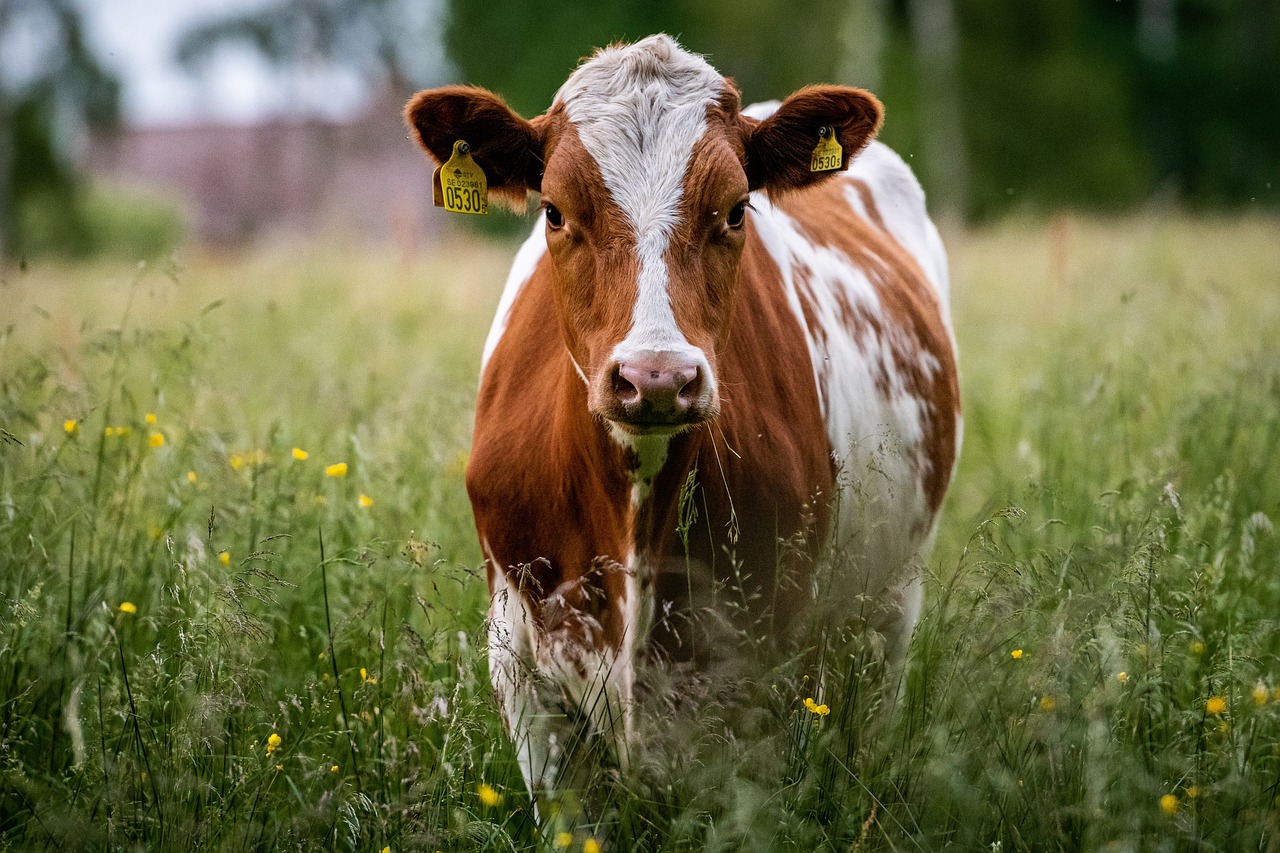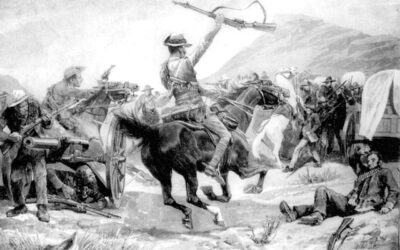Bovine Ephemeral Fever, also known as three-day sickness, has recently been confirmed in cattle around the Gunnedah area and in the Hunter, so Local Land Services is urging producers in the North West and Northern Tablelands to monitor their livestock for symptoms.
Three-day sickness is an insect-transmitted virus of cattle that causes a high fever and pain in the muscles and joints. Recent wet weather has created ideal conditions for an increase of mosquitoes with the potential to spread the virus.
Symptoms include a fever, lameness, recumbency or unwillingness to stand, lethargy, weight loss, increased drooling and stringy nasal discharge. Heavier animals such as bulls and pregnant cows tend to be more severely impacted.
The disease can be diagnosed based on clinical signs and confirmed with a blood test.
“While symptoms only last a few days, it is important to manage and treat infected cattle appropriately through supportive care and anti-inflammatory medication administered in consultation with your local veterinarian,” North West Local Land Services district veterinarian Megan Davies said. “We are encouraging producers to monitor their cattle as the season progresses and seek veterinary advice if needed.”
Affected cattle should be provided with shade, water and feed and turned or lifted twice daily to help prevent secondary complications. A paddock free of steep hills or gullies is preferable.
Recently recovered cattle should not be sent to the abattoirs for several weeks to give the body a chance to heal and avoid the possibility of downgrades from any residual muscle damage. Where treatments have been given, any withholding periods must be observed.
Consideration of vaccination is encouraged, especially for stock introduced from outside the region, homebred stock under two years of age, and high-value animals. While the vaccine may not provide immediate protection in areas already affected, the early stage of the season offers an opportunity for timely vaccination. The vaccine requires two initial doses 2-4 weeks apart for unvaccinated animals, followed by a booster every 12 months.
To order photos from this page click here



